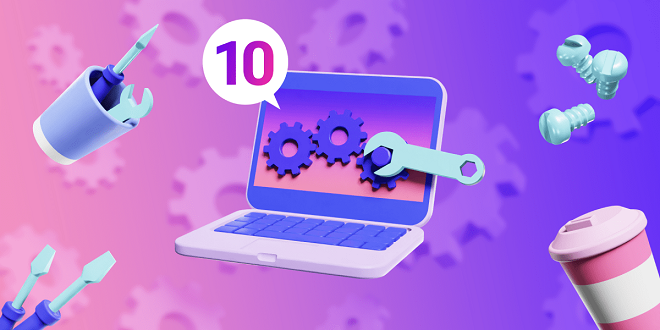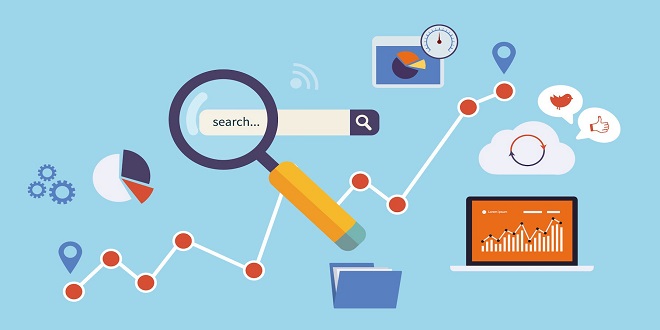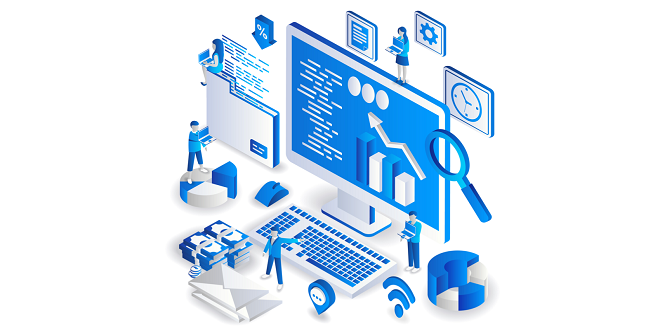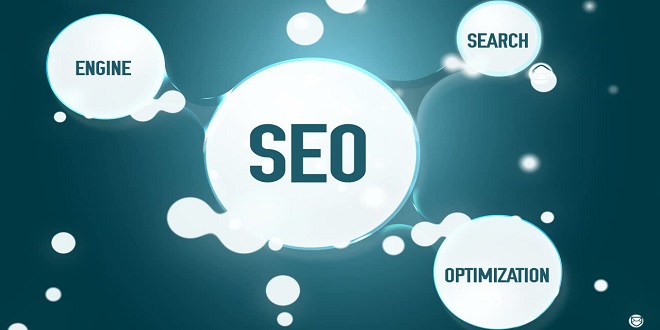Best Tools for Building Software Products in 2023

Building software products has become easier in recent years thanks to the plethora of tools available for developers. In 2023, two of the most popular tools for building software products are React and Symfony.
React is a JavaScript library for building user interfaces. It was created by Facebook and has become widely adopted due to its simplicity, flexibility, and scalability. React allows developers to build modular and reusable components, making it easier to create and maintain complex UIs. Additionally, React’s virtual DOM allows for efficient updates to the UI, resulting in better performance and a smoother user experience.
Symfony, on the other hand, is a PHP framework for building web applications. It is known for its robustness, flexibility, and extensibility. Symfony follows the Model-View-Controller (MVC) architecture, which separates the business logic, presentation, and data layers of an application. This separation of concerns makes it easier to build and maintain complex web applications. Symfony also includes a vast collection of reusable components and libraries, which speed up development time and improve the quality of the code.
Together, React and Symfony make a powerful combination for building software products. React can be used to create the front end of an application, while Symfony can be used for the back end. React’s modularity and Symfony’s separation of concerns make it easier to maintain and scale an application over time.
In addition to React and Symfony, there are many other tools and technologies that can be used to build software products in 2023. Here are a few:
- Docker – A platform for building, shipping, and running applications in containers. Docker simplifies the deployment process and makes it easier to maintain consistency across different environments.
- Kubernetes – An open-source platform for automating deployment, scaling, and management of containerized applications. Kubernetes makes it easier to manage complex containerized applications at scale.
- GraphQL – A query language for APIs that allows developers to request only the data they need. GraphQL simplifies the API development process and improves performance by reducing the amount of data transferred over the network.
- Firebase – A platform for building mobile and web applications. Firebase provides a suite of tools for authentication, data storage, and hosting, making it easier to build and deploy applications quickly.
In addition to the tools mentioned above, there are several other frameworks and tools that are gaining popularity in 2023 for building software products.
One of these is Vue.js, a progressive JavaScript framework for building user interfaces. Vue.js is similar to React in that it allows developers to create reusable components, but it is often considered easier to learn and use. Vue.js has a smaller learning curve than React, and it’s less opinionated, allowing developers more flexibility in how they structure their applications. Vue.js is also lightweight, making it ideal for building small to medium-sized applications.
Another popular tool is Flutter, a mobile app SDK developed by Google. Flutter uses the Dart programming language and allows developers to create native apps for iOS and Android from a single codebase. Flutter’s hot reload feature allows developers to see changes in the app immediately, which speeds up development time. Flutter also provides a comprehensive set of widgets, making it easier to build beautiful and responsive apps.
For database management, many developers are turning to MongoDB, a NoSQL database that stores data in JSON-like documents. MongoDB is known for its scalability and flexibility, making it an ideal choice for applications that require fast and frequent updates. It also has a powerful query language and can handle unstructured data, which is particularly useful for data-heavy applications.
In terms of deployment, many developers are using serverless architectures, which allow them to deploy code without worrying about server maintenance. AWS Lambda is one of the most popular serverless platforms, providing a way to run code in response to events and scaling automatically to meet demand. Serverless architectures can also reduce costs since developers only pay for the compute time their code uses.
Overall, the key to building successful software products in 2023 is choosing the right tools and technologies for the job. React and Symfony are a powerful combination for building web applications, but developers should also consider other tools such as Vue.js, Flutter, MongoDB, and serverless architectures. By staying up-to-date with the latest trends and technologies, developers can create software products that are reliable, scalable, and easy to maintain.



